polio-victims” style=”display: block; margin: 0 auto 10px; max-width: 100%;” />
Ongoing Challenges of Vaccine-Derived Polio in Northwestern Nigeria
Although Nigeria achieved a significant milestone by being declared free of the wild poliovirus in 2020, the persistence of vaccine-derived poliovirus (VDPV) continues to pose a serious public health challenge, particularly in the country’s northwestern regions. These outbreaks predominantly affect areas where immunization rates remain insufficient, undermining efforts to completely eradicate polio.
Understanding the Vaccine-Derived Poliovirus Threat
Vaccine-derived poliovirus emerges when the weakened virus used in oral polio vaccines mutates and regains the ability to cause paralysis in under-immunized populations. This phenomenon underscores the critical importance of maintaining high vaccination coverage to prevent the virus from circulating and evolving. In Nigeria’s northwestern states, factors such as limited healthcare access, vaccine hesitancy, and logistical barriers contribute to pockets of low immunization, creating fertile ground for VDPV outbreaks.
Current Situation and Statistical Insights
Recent surveillance data indicate that while wild poliovirus cases have been eliminated, vaccine-derived cases have been reported sporadically, with clusters primarily in states like Zamfara, Sokoto, and Kebbi. According to the latest figures from the Nigeria Centre for Disease Control (NCDC), over 30 cases of circulating vaccine-derived poliovirus type 2 (cVDPV2) were confirmed in these areas in the past year alone. This trend highlights the ongoing vulnerability of certain communities despite national progress.
Strategies to Combat Vaccine-Derived Polio
To address this persistent threat, health authorities are intensifying immunization campaigns, focusing on reaching underserved populations through mobile clinics and community engagement initiatives. Innovative approaches, such as integrating polio vaccination with other essential health services and leveraging local leaders to build trust, have shown promise in increasing vaccine uptake. Additionally, the introduction of the novel oral polio vaccine type 2 (nOPV2), designed to be more genetically stable, offers hope for reducing future VDPV outbreaks.
Looking Ahead: The Road to Complete Polio Eradication
While Nigeria’s certification as wild poliovirus-free marks a historic achievement, the fight against polio is far from over. Sustained commitment to immunization, enhanced surveillance, and community education remain vital to prevent vaccine-derived strains from gaining a foothold. Drawing lessons from other countries that have successfully eliminated both wild and vaccine-derived polioviruses, Nigeria aims to strengthen its health infrastructure and ensure no child is left vulnerable to this debilitating disease.
By maintaining vigilance and adapting strategies to local contexts, Nigeria can move closer to the ultimate goal of total polio eradication, safeguarding future generations from the threat of paralysis.



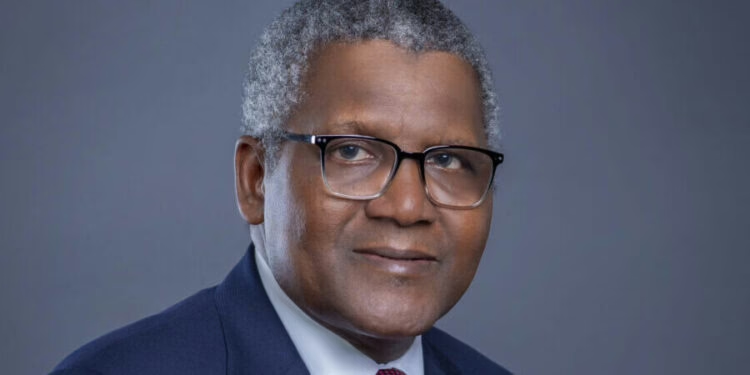
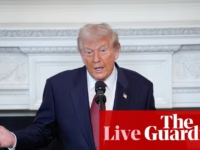





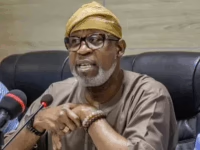






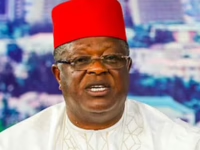

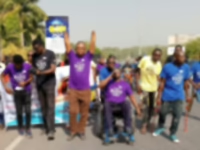
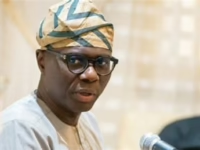


0 Comments